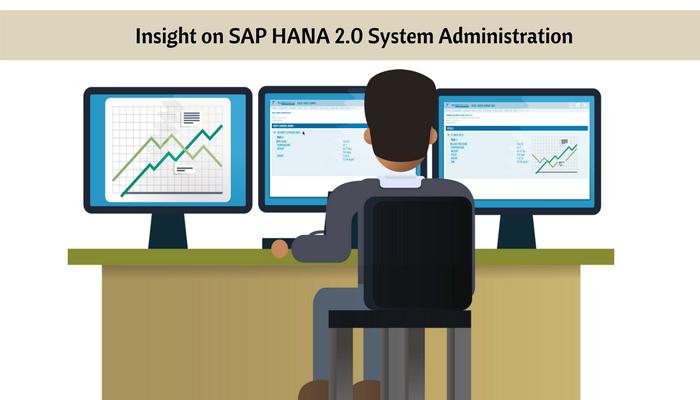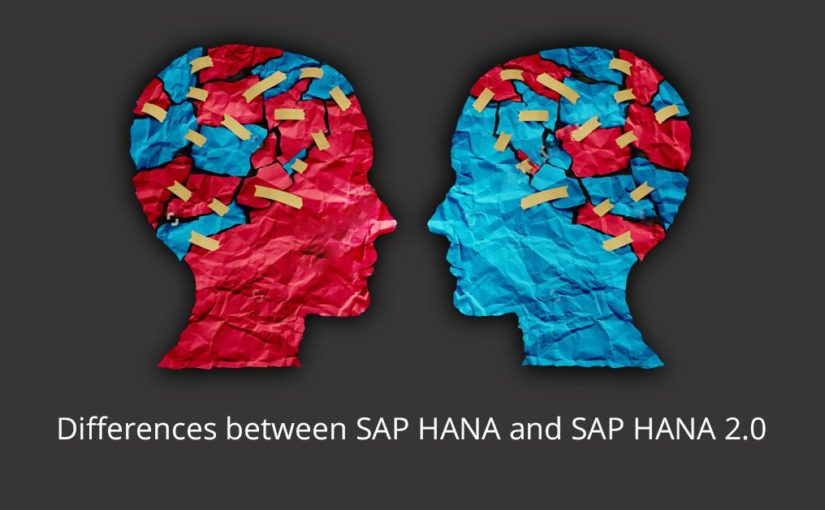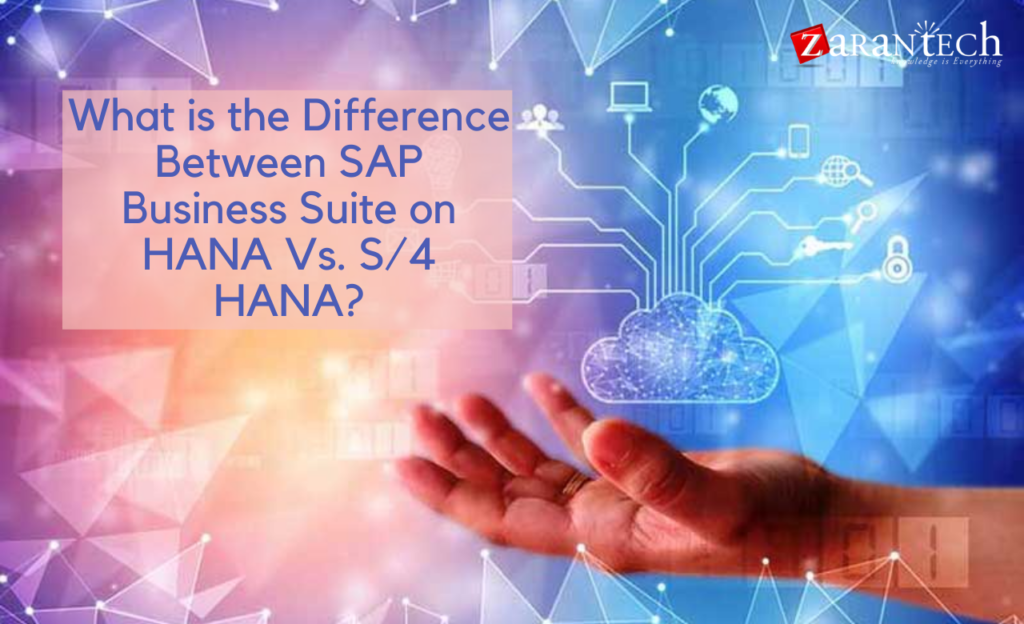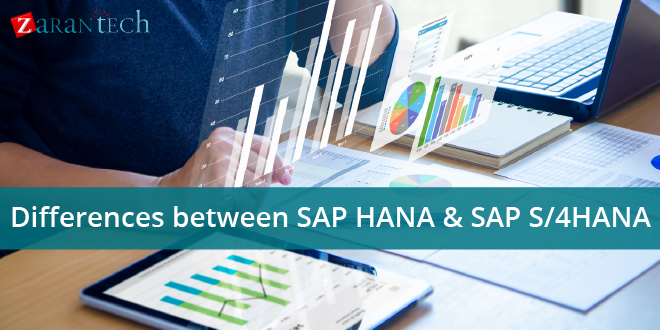Insight on SAP HANA 2.0 System Administration
Category: SAP HANA Posted:Jun 09, 2017 By: Ashley Morrison
SAP HANA 2.0, the next generation strategy for the SAP HANA database platform which provides cumulative improvements in a wide range of areas such as Data Security, Administration, High-availability and Database Management.
Every year, SAP will, release two HANA 2.0 Support Package Stacks (SPS) and releases both application upgrades and database upgrades. SAP HANA 2.0 is the next feature database upgrade following SAP HANA SPS12. The ultimate fact is that it’s a new version and not a support package. While SAP HANA Application Upgrades focus on new functions in SAP Modules such as SAP Simple Finance 1610, database upgrades focus on the underlying database. SAP HANA has stepped ahead and changed the database look and feel with the additional organized controls which has invented a unique way the SAP Admins will configure and run HANA. But SAP will continue its support on HANA 1.0 till 2019, but will not offer any new functionality on it.
In this article, let’s dive deep into SAP HANA 2.0 System Administration’s new and changed features.
Learn SAP HANA from Industry Experts
How does SAP HANA 2.0 simplify SAP Administration?
In SAP HANA 2.0, the HANA Cockpit has been renovated and simplified few administrative tasks by merging the Database Control Center and SAP HANA 1.0 Cockpit, also adding brand new functionality to improve the stability in major demand surges. In reality, most of the companies don’t upgrade HANA until it runs out of resources resulting in-stability, costly outages and sluggish performance. Hence companies running SAP HANA should carefully size HANA, keep track of all resource demands and also add new resources. SAP HANA 2.0 offers an exclusive advantage of additional check and demands outgrow provisioning.
System Database Administrator is responsible for operational tasks related to the administration, monitoring and maintaining of SAP system. Below are some of the tasks that are performed by the System Database Administrators namely:
- Aggregate Monitoring and Administration
- Starting and Stopping SAP HANA Systems
- Managing Tenant Databases
- Configuring SAP HANA System Properties
- Managing SAP HANA Licenses
- Monitoring SAP HANA Database
- Managing SAP HANA Performance
- Managing Tables
- Workload Management
- Scheduling Recurring Administrative Tasks
What’s new in SAP HANA 2.0 System Administration?
SAP HANA Platform 2.0 SPS01 has introduced the following new features in System Administration of SAP HANA:
- JSON Document Store
DocStore, the SAP HANA Document Store is a store for JSON (JavaScript Object Notation) artifacts which allows native JSON operations such as filtering, aggregation and joining JSON documents with HANA row or column store tables. JSON documents are stored in collections, and users will read data from collections and tables in a single statement. It also combines tables and collections by joining with any other row and column store table.
- Dynamic Result Cache
Dynamic Result Caching enhances the performance of queries that are frequently executed. When you compare static result cache, the important functionality of dynamic result cache is that it eliminates the risk of querying stale data and returns transactional consistent data. This improves overall performance and involves intensive parallel querying of large tables and extensive use of aggregation. Also guarantees results up to date by incrementally updating the cache with newly changed delta records and then returning the query results from cache.
Register for live webinar on SAP HANA by Industry Experts
Thus, the next generation of SAP’s in-memory platform simplifies databases and data management which makes application development easier and to deliver smart, insight-driven applications. In the digital economy, the new capabilities are optimized for innovation and help your business compete more effectively. SAP HANA 2.0 is a continuation of the existing platform and has access to a highly available, stable and secure data environment for your developed applications.





 99999999 (Toll Free)
99999999 (Toll Free)  +91 9999999
+91 9999999